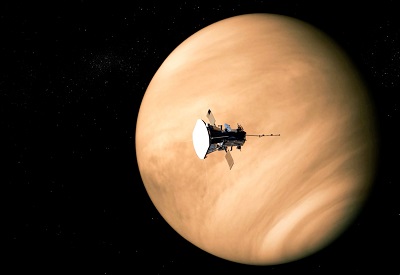
Abstract:
In order for NASA’s Flagship Parker Solar Probe (PSP) mission to study the solar corona, it will fly closer to the sun than any spacecraft ever has by performing seven gravity assists at Venus. These gravity assists provide a rare opportunity to study the Venusian atmosphere, and specifically the interaction with the solar wind, using the instrumentation aboard PSP. Venus's upper atmosphere hosts several atomic species such as hydrogen, helium, oxygen, carbon, and argon, some of which are energized in the upper atmosphere to escape energies or ionized and carried away from the planet. What is special about Venus, as opposed to Mars, is that virtually all significant present-day atmospheric escape is in the form of ions driven by the Venus-solar wind interaction. Using the Fields experiment (FIELDS) and Solar Wind Electrons Alphas and Protons Investigation (SWEAP), we will present recent observations from the first five PSP Venus gravity assists and present a global picture of the induced Venusian magnetosphere and the subsequent atmospheric escape. We will compare the PSP Venus flybys during the deep minimum of solar cycle 24 to previous observations downtail with Venus Express and Pioneer Venus Orbiter. Finally, we will discuss the ongoing collaborations with BepiColombo and Solar Orbiter with respect to their Venus gravity assists. Understanding the dynamics of the Venusian atmosphere has significant implications for exoplanets and their atmospheres’ interaction with their host star, so these observations are important for the planetary, Heliophysics and astrophysics communities.



